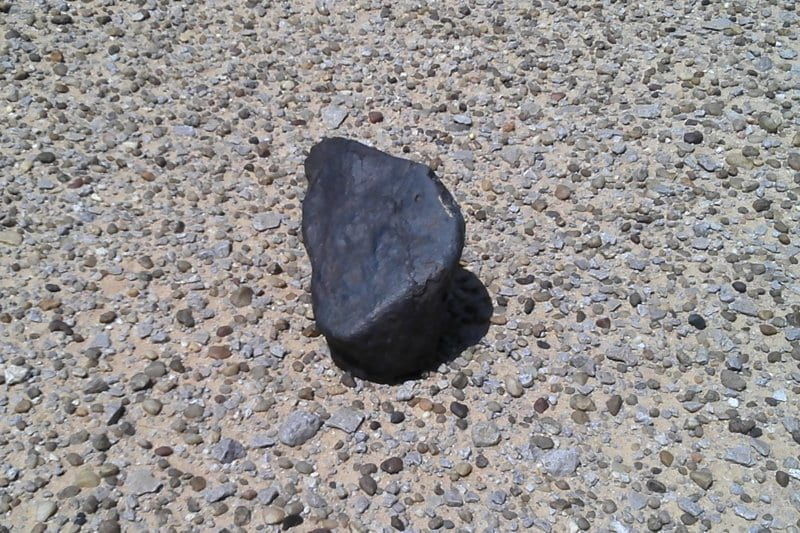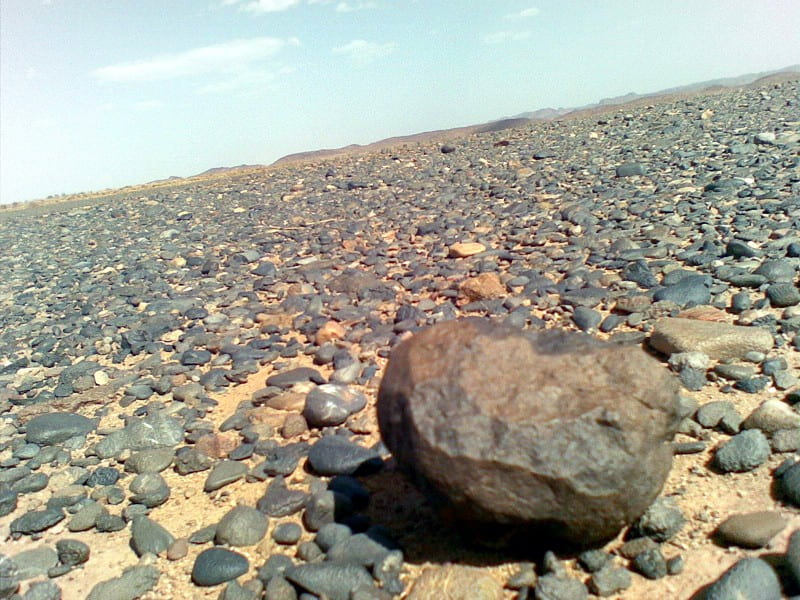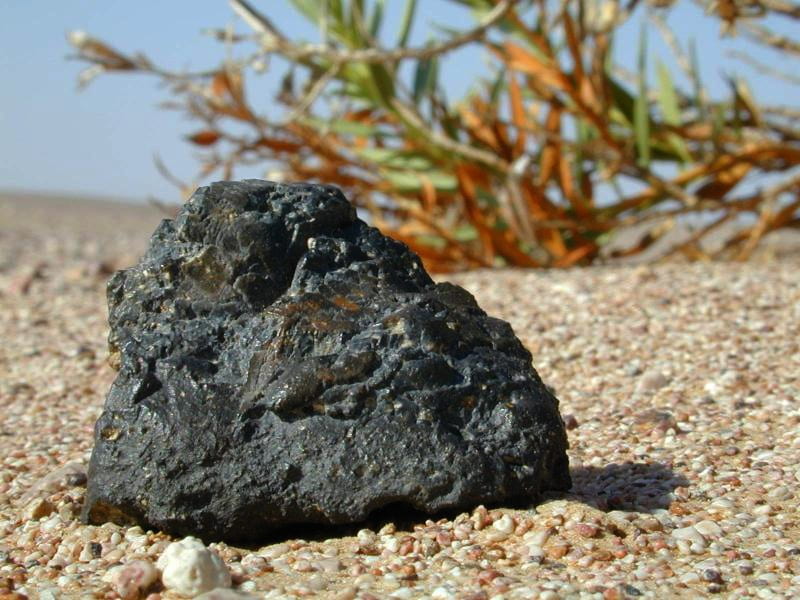Too many rocks
If you found many rocks in one place, then none of them are meteorites
Meteorites start to break apart in the atmosphere 10 miles or more above the Earth’s surface. The fragments are spread out over miles (strewn field). The chance that two or more land within seeing distance of each other are very small.
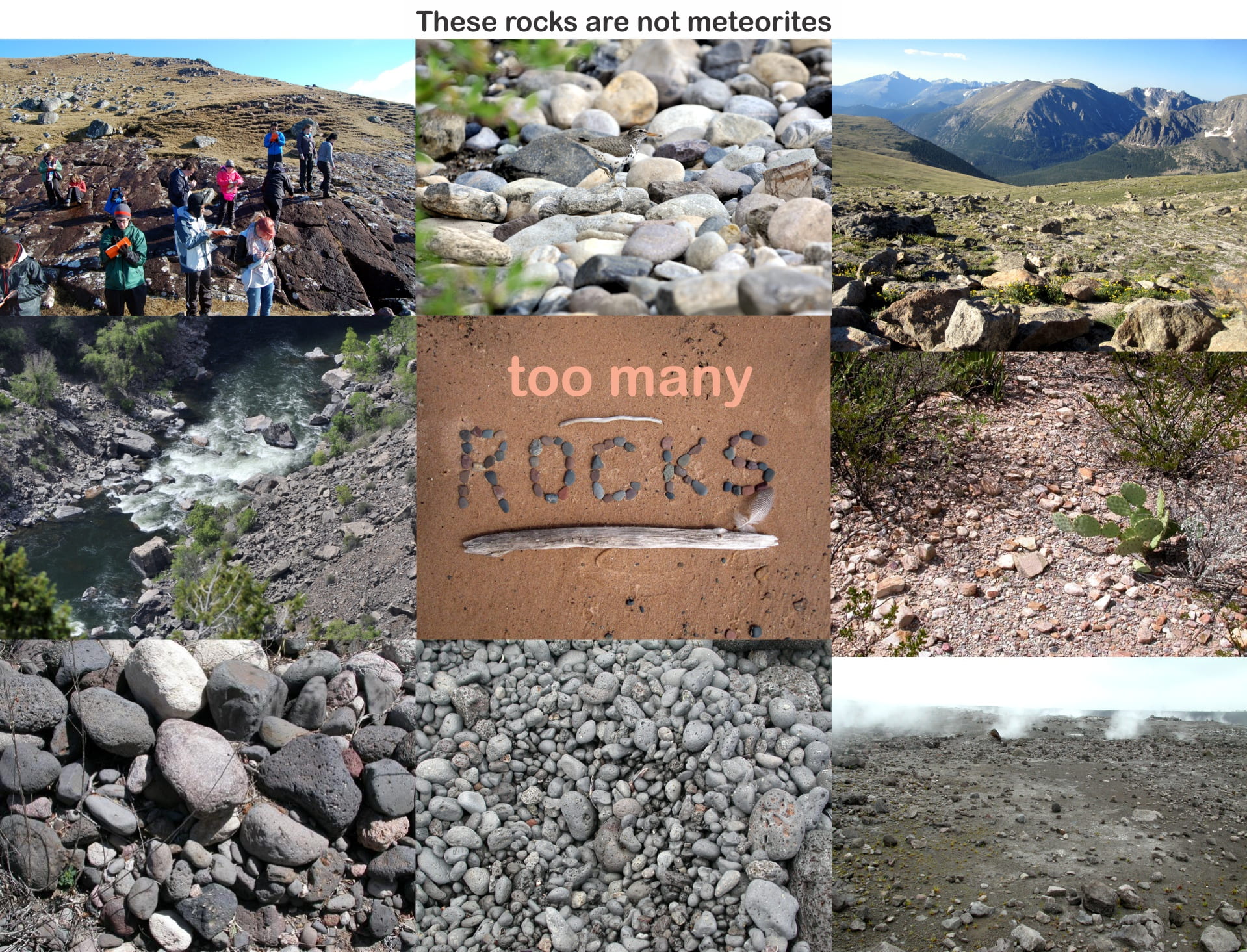

Two exceptions
1) Some glacial moraines
I took the photo below in a glacial moraine in Antarctica known as “Meteorite Moraine.” This is a very special place, and hard to get to. There is at least one meteorite in the photo. Click here if you cannot find it. I am unaware of any stony meteorites having been found in glacial moraines of Europe, North America, or South America, although a couple of those from Greenland may have been from moraines. 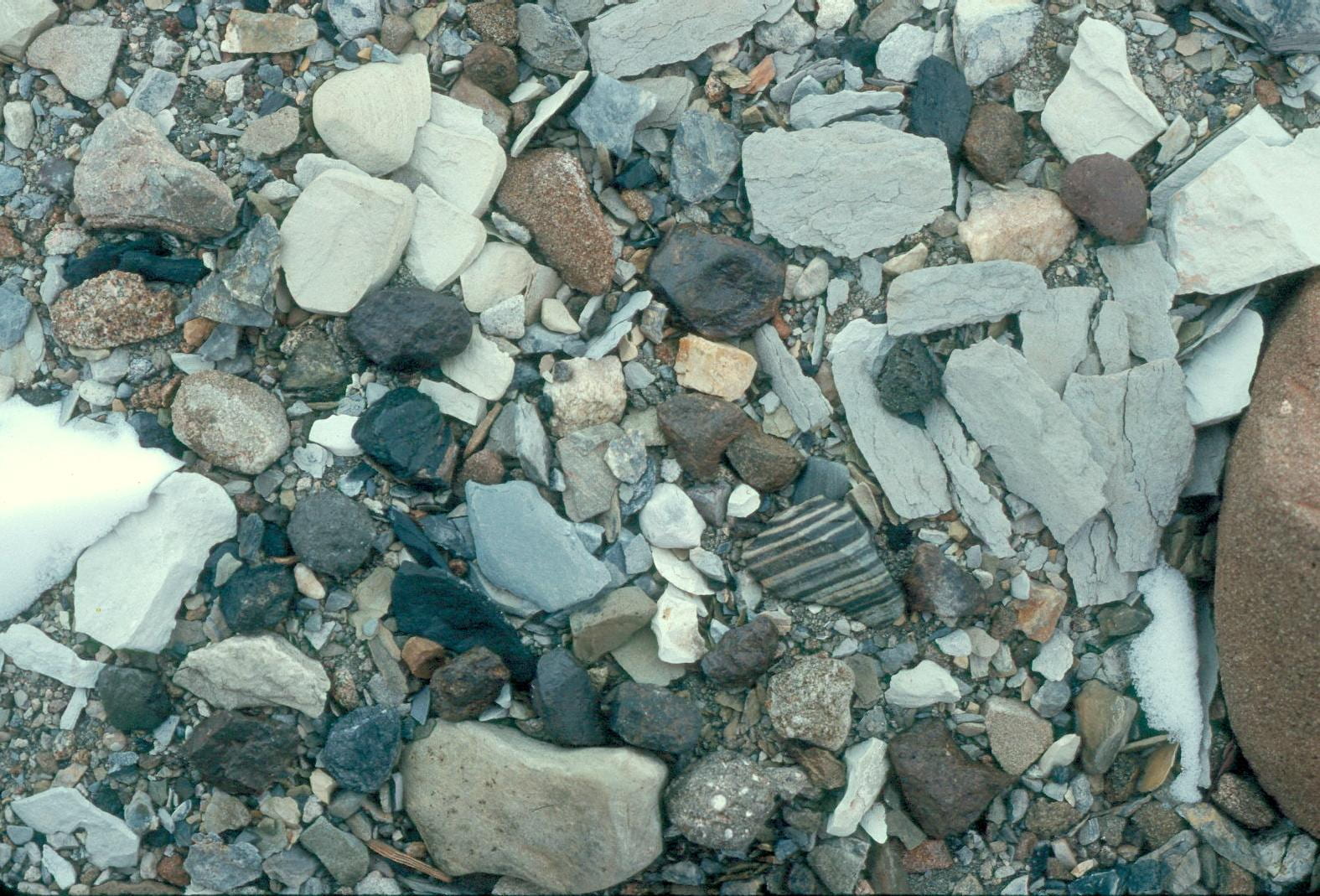
2) Desert pavement
Some deserts are good places to look for meteorites; others are not. Many deserts are paved with stones (alluvium) that have weathered off the surrounding mountains. Many meteorites have been found on desert pavements.
